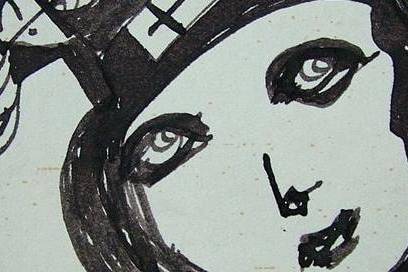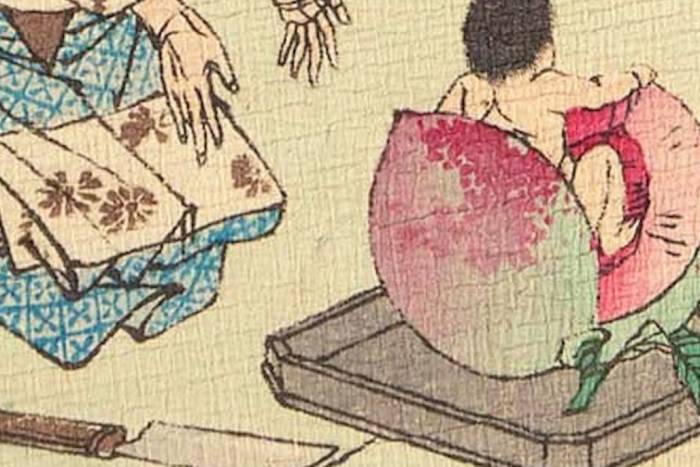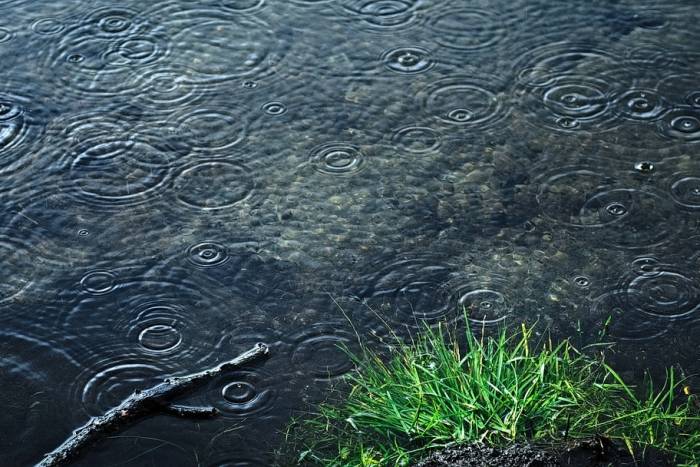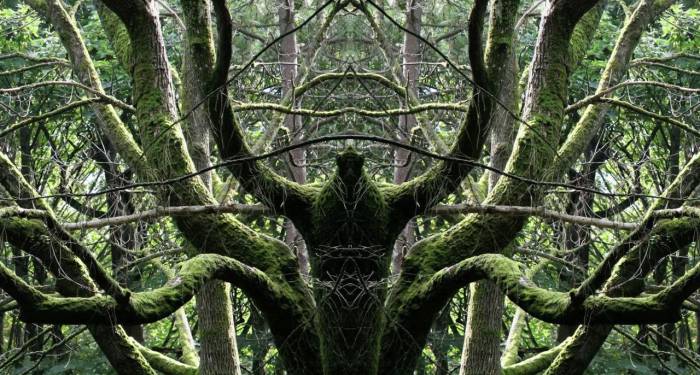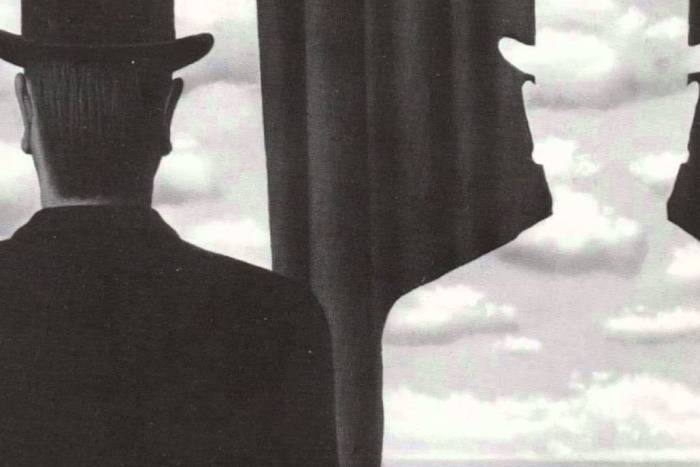The Plants We Eat for Eroticism: A Brief Summary of Aphrodisiacs
A trip through the immense erotic pharmacopeia of different cultures through the ages.
In almost all eras and places, humans have preferred to not leave reproductive habits to chance. In civil societies, parents are generally concerned to perpetuate the family interests and lineage by means of marriage; the art of appearing irresistible to the opposite sex is as old as cosmetics, and the desire of the heart to find permanence – a perennial love that lasts longer than love at first sight – has led to the search for all kinds of magic substances and aphrodisiacs. In 18th century Europe, for example, even if a cultivated romantic could think in terms of irresistible forces invoked by gestures, symbolic gifts, verbal skills or selective caresses, it is possible that he felt he needed more to achieve his aim. A kiss, for example, which is an art in itself, could be magnified if, as Cornelius Agrippa recounts, a jasmine flower was placed underneath the tongue.
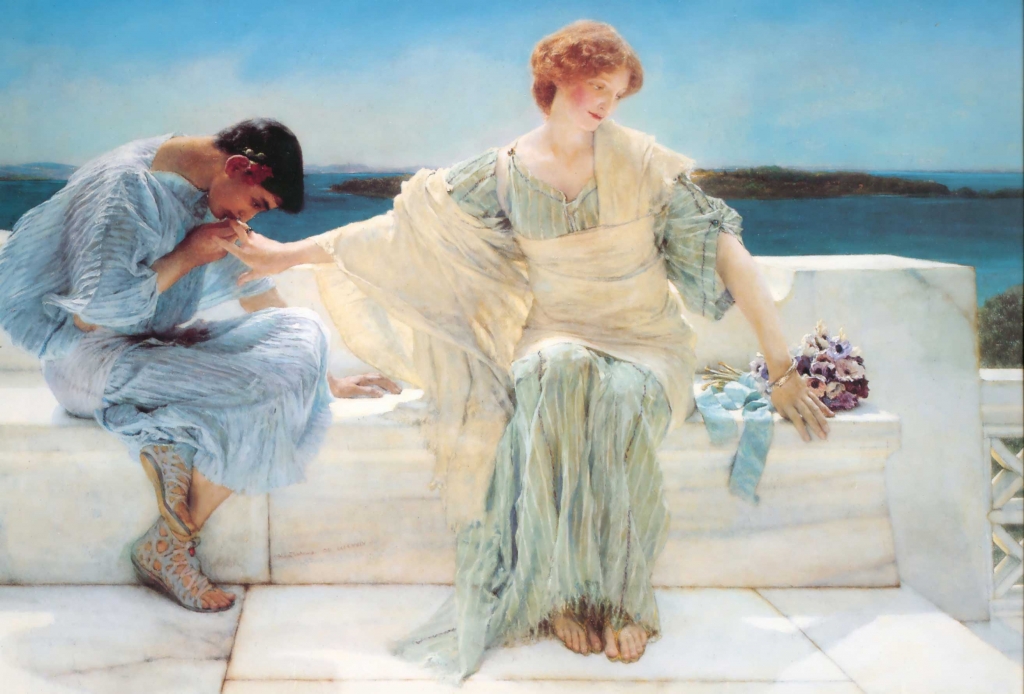
The introduction in 1990 of the first accepted drug to treat impotence, Viagra, caused a stir among the public, fueled in part by the publicity. But the search for aphrodisiacs (from the Greek ëAphroditaeí, referring to the “goddess of love,” the femme fatale of Olympus) has considerable value because they not only promise to fire up sexual desire but also guarantee the seducer the skill of physiologically satisfying their desire. The National Center for Biotechnology Information of UCLA has identified 63 different aphrodisiacs, the majority of which are made up from animal parts, seafood, aromatic plants and roots. But those with the greatest reputation are mandrake, or ginseng, immortalized by Machiavelli; datura stramonium (Jimson weed), and Lytta vesicatoria, or Spanish fly.
The erotic pharmacopeia of the world’s cultures is vast. It would appear that the desire to desire and be desired is one of the most powerful incentives to seek ‘magic’ where nature proffers it. Some foods gained a reputation as aphrodisiacs precisely due to their suggestive forms. Carrots, asparagus, figs and artichokes have a clear resemblance to the genitals and as a result have always been considered stimulants, along with spices that raise the body temperature, such as chili, saffron, cardamom and cinnamon.
There is perhaps no other flora in this genus as rich as that of India, always drunk on universal life. The magi that sang the Vedic chants filled pharmacists’ ears with the names of erotic and amorous plants. Jasmine, mangrove, blue lotus, aravinda and ashoka are the five flowers that comprise the supply of arrows that the god of love, Kama, whose bow is made of sugarcane, always carries.
The Aztecs considered that sexual stimulants, such as the tlaquauhtilizpatli plant (which translates as “medicine to excite venereal appetite”) was also beneficial to health. Such was also the case of chocolate and peanuts, whose sensual properties were the most sought after by the people but always reserved for the nobles.
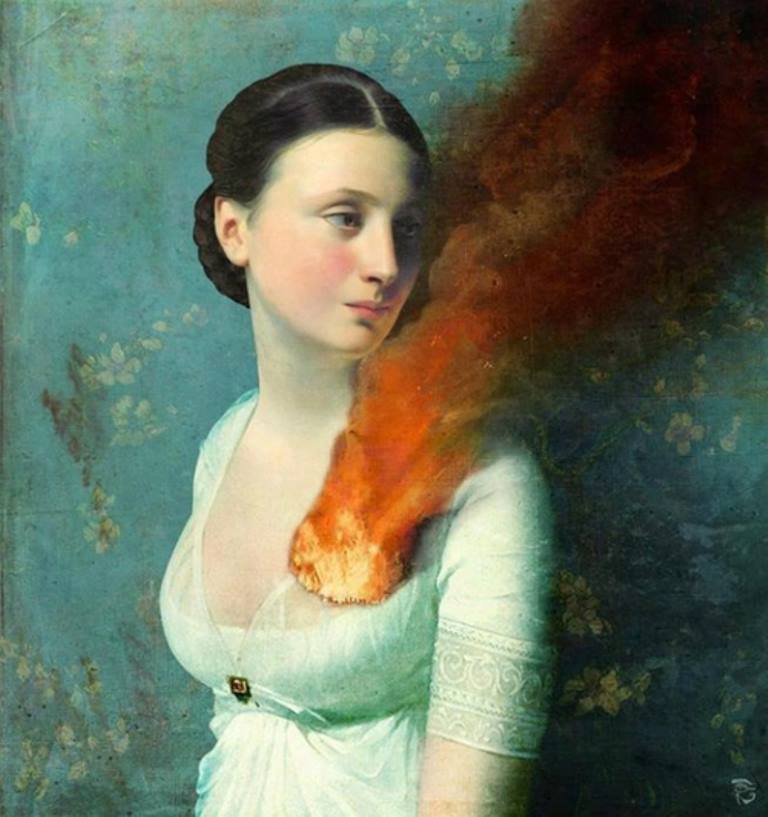
Our literary references have done most to imbue food with sensuality. Eva opening her lips softly to bite the fruit of knowledge is perhaps the sexiest metaphor in history. And let’s not even mention the Song of Solomon. But despite all the lists of aphrodisiacs, literature and folkloric anecdotes on food and desire, the majority of people have felt in their body a direct channel between food and sexual stimulation. Our disenchantment with magical promises, a product of routine and the fact that the concept has been done to death by history, distances us from being able to once again sample with ars amatoria what nature offers. But the pharmacopeia of vigorous foods is there to perhaps magnify our sensations during our time on earth.
Image credits:
1. Amalia Dulhan
2. Sir Lawrence Alma Tadena
Related Articles
Pictorial spiritism (a woman's drawings guided by a spirit)
There are numerous examples in the history of self-taught artists which suggest an interrogation of that which we take for granted within the universe of art. Such was the case with figures like
Astounding fairytale illustrations from Japan
Fairy tales tribal stories— are more than childish tales. Such fictions, the characters of which inhabit our earliest memories, aren’t just literary works with an aesthetic and pleasant purpose. They
A cinematic poem and an ode to water: its rhythms, shapes and textures
Here lies One Whose Name was writ in Water. - John Keats Without water the equation of life, at least life as we know it, would be impossible. A growing hypothesis holds that water, including the
Watch beauty unfold through science in this "ode to a flower" (video)
The study of the microscopic is one of the richest, most aesthetic methods of understanding the world. Lucky is the scientist who, upon seeing something beautiful, is able to see all of the tiny
To invent those we love or to see them as they are? Love in two of the movies' favorite scenes
So much has been said already, of “love” that it’s difficult to add anything, much less something new. It’s possible, though, perhaps because even if you try to pass through the sieve of all our
This app allows you to find and preserve ancient typographies
Most people, even those who are far removed from the world of design, are familiar with some type of typography and its ability to transform any text, help out dyslexics or stretch an eight page paper
The secrets of the mind-body connection
For decades medical research has recognized the existence of the placebo effect — in which the assumption that a medication will help produces actual physical improvements. In addition to this, a
The sea as infinite laboratory
Much of our thinking on the shape of the world and the universe derives from the way scientists and artists have approached these topics over time. Our fascination with the mysteries of the
Sharing and collaborating - natural movements of the creative being
We might sometimes think that artistic or creative activity is, in essence, individualistic. The Genesis of Judeo-Christian tradition portrays a God whose decision to create the world is as vehement
John Malkovich becomes David Lynch (and other characters)
John Malkovich and David Lynch are, respectively, the actor and film director who’ve implicitly or explicitly addressed the issues of identity and its porous barriers through numerous projects. Now

